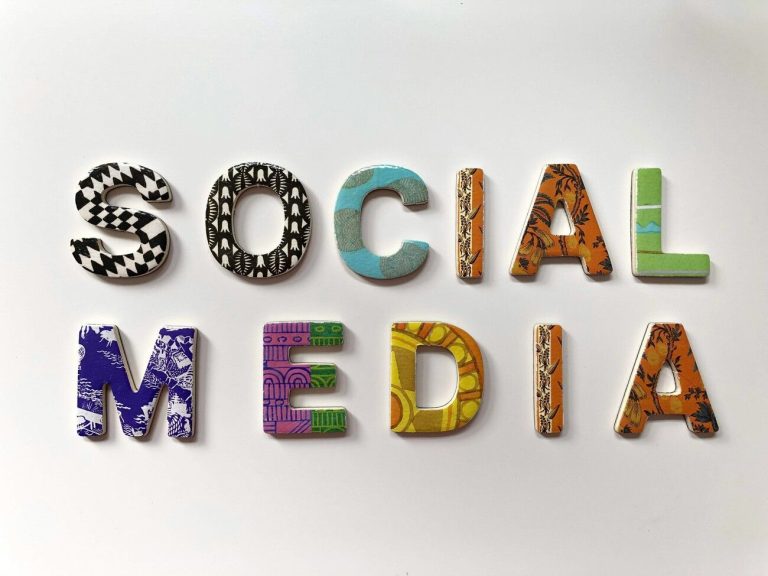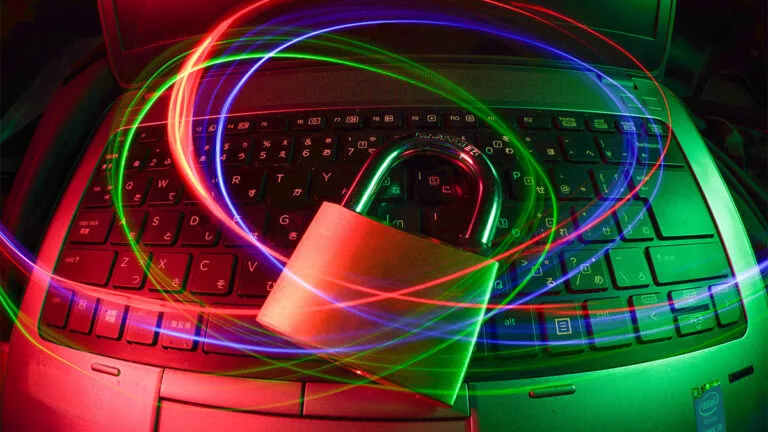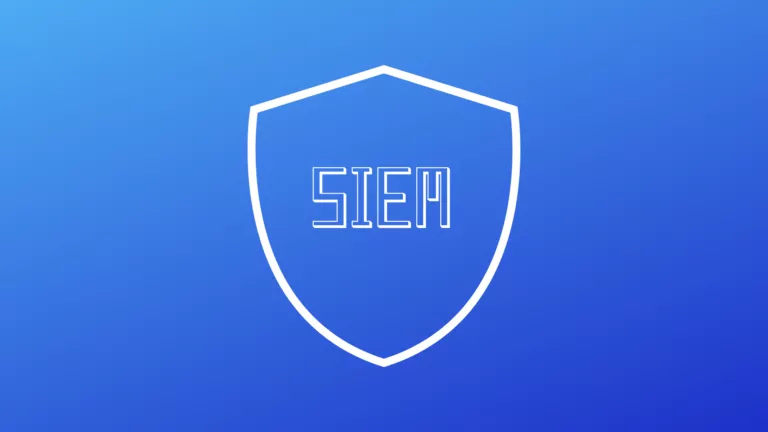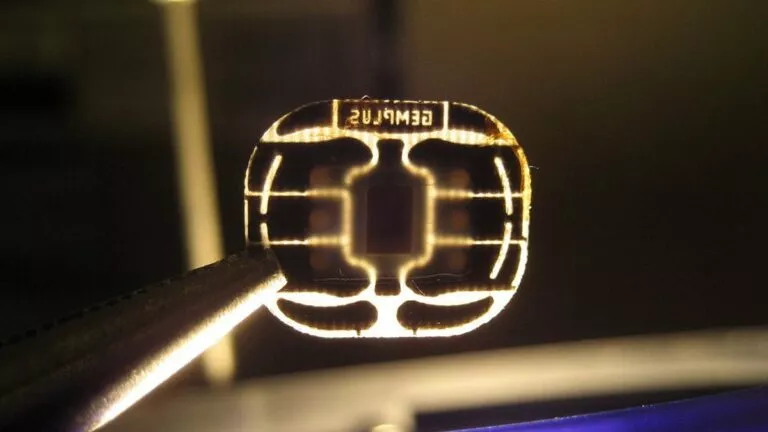Lightning Vs USB-3: Speed, Durability, Availability, And The Future
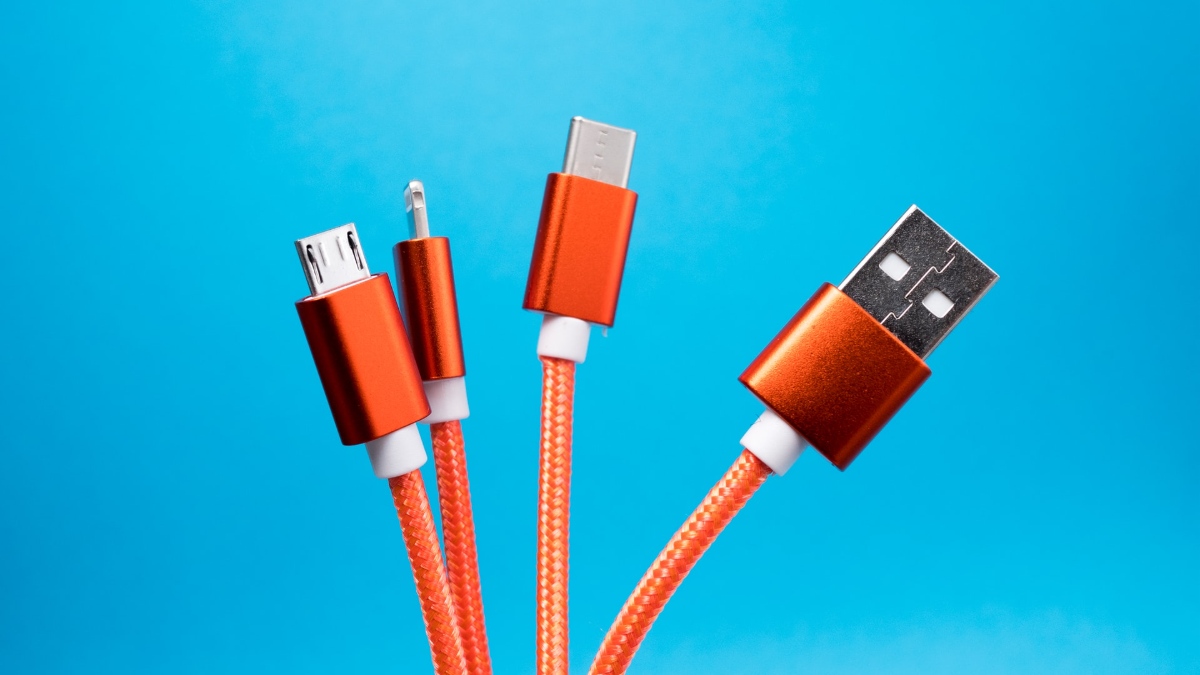
Apple’s latest and greatest iPhone 13 still has a Lightning port and charges via the lightning cable. On the other hand, Apple has added USB Type-C ports on the MacBook, iMac, and even the new iPad lineup. After this, we can say that the Apple ecosystem is having a connector crisis. Add to that the latest EU laws, and the iPhone maker looks like it is in a tight spot.
The European Commission is moving in the direction of making USB-C the “standard port for all smartphones, tablets, cameras, headphones, portable speakers and handheld videogame consoles”.
So why is Apple still sticking with Lightning cable on the iPhone? And how does a Lightning vs USB-C comparison go for the iPhone?
Lightning Vs USB-3
| Feature | USB-3 (Type-C) | Lightning Cable |
| Data transfer speed | 20Gbps SuperSpeed+ (USB 3.2 Gen 2×2) (USB4 offers 40Gbps speeds) | 480Mbps (USB 2) |
| Thunderbolt compatibility | Optional via Alternate mode | No |
| Availability | Widely available in devices of different sizes, styles, and a wide price range. | Only used on Apple devices. Third-party cables are usually costly too. |
| Durability | Wide availability makes it easier to get more durable cables | Rugged cables are available but some users consider Lightning cables more prone to breaking. |
| Future-Proofing | USB-3 or Type-C cables are backward compatible. Older USB-1 devices can be connected to the current USB-3/USB-4 ports | Lightning connector replaced 30-pin connector on the iPhone. |
The first and foremost thing to note is that Lightning still works at speeds similar to USB-2, which is 480Mbps/60Mbps. USB-C cables, on the other hand, work at USB-3 speeds which go as high as 5Gbps to 20Gbps depending on the version. If you think that’s a huge leap, you’re in for a surprise.
So far, we’ve established that Lightning cables are not even half as fast as USB-3 cables. Now, bringing Thunderbolt into the picture, we can see Lightning struggling further behind. USB-C ports and cables with Thunderbolt 3 capabilities give them a speed of up to 40Gbps.
Currently, we’re at USB 4.0 (officially USB4) and Thunderbolt 4 standards that are already appearing on some top-of-the-line devices and peripherals. It is excluded from the table because it isn’t as widely available as USB 3.0 or Lightning ports and cables.
This latest generation of USB is capable of using a two-lane cable to get transfer speeds as high as 40Gbps. It also enables DisplayPort alt mode that can support 8K resolution at 60Hz with HDR10 colors. What’s more? USB-4 is using Type-C connectors, making it truly the only connector you’ll ever need.
Universal Type-C Future
Discussing USB speeds would be incomplete without the mention of Type-C cables. While the EU plans to make them the cables of the future, USB-C cables have proven their versatility over time.
Thunderbolt capable Type-C cables can be used in alt mode as a display connector. It makes Type-C ports the only port you’ll ever need. USB-C also beats Lightning in terms of availability and future-proofing.
While Lightning was Apple’s solution to slim down the connector port, make it reversible, and get faster data transfer speeds, it isn’t the case anymore. Type-C connectors brought the conventional USB cables to Apple’s level, eventually leaving Apple’s own port behind. Doing a Lightning vs USB-C comparison only makes one realize that the Lightning port is almost redundant for the mainstream user.
One of the major problems with Type-C devices has been uniformity. The wide availability also means that different generations of the product. A StackExchange thread also discusses how some manufacturers have capped data transfer speeds despite USB 3.2 compatibility on the devices. However, it is expected that with time, USB 2.0 devices will be completely left behind for USB 3.0 and USB 4.0 compatible cables, both of which offer high data transfer speeds.
It is now only a matter of time before Apple makes the switch to Type-C or goes entirely wireless. Credible analyst Ming-Chi Kuo also said that Apple is planning to go wireless. While the prediction was supposed to come true with the iPhone 13, we think there are chances that Apple would offer that completely wireless experience with the iPhone 14.
For now, USB-C has outperformed Lightning and Apple fans are waiting for Apple’s response to the EU making USB-C the standard cable for most gadgets.

